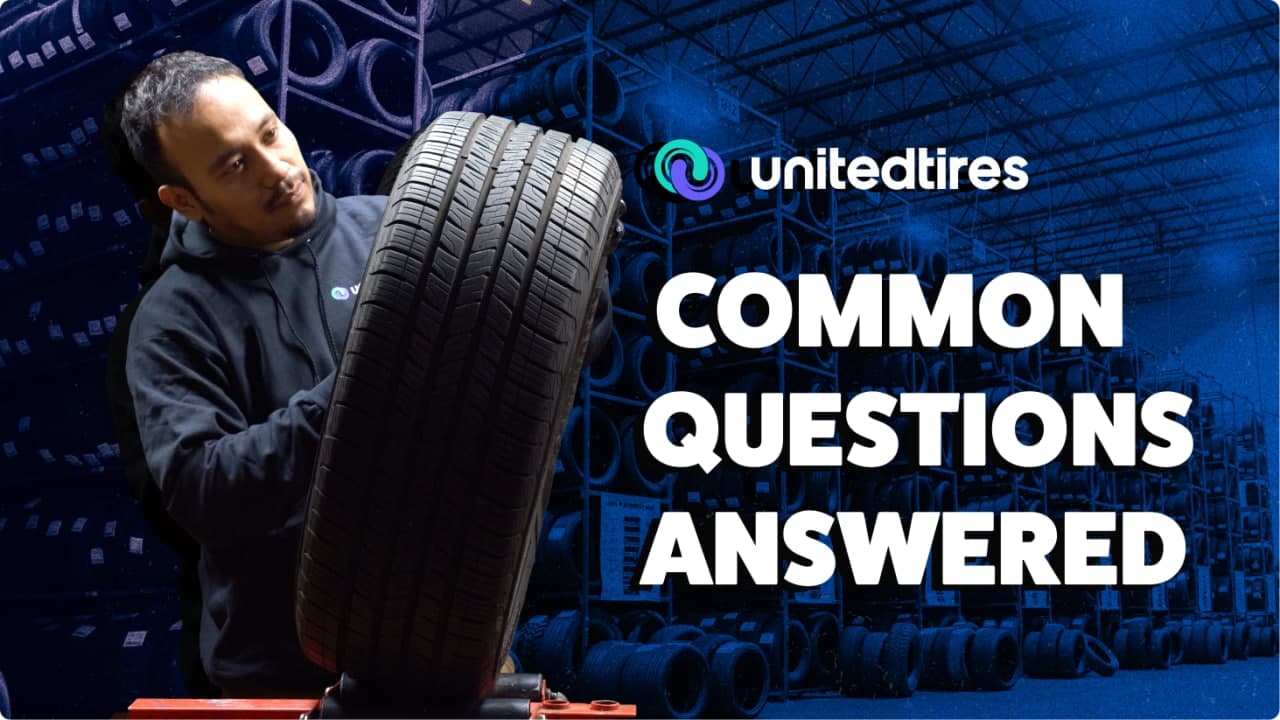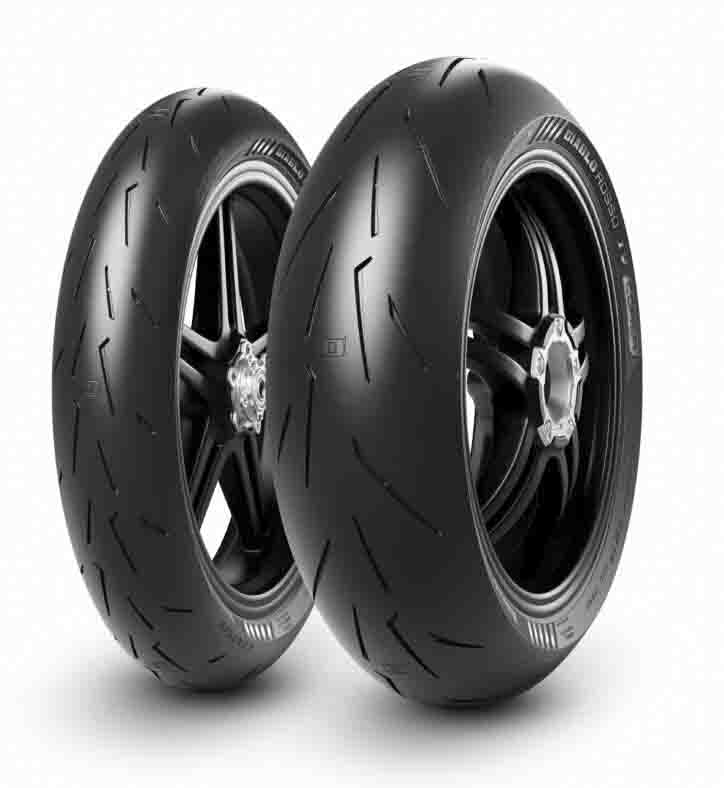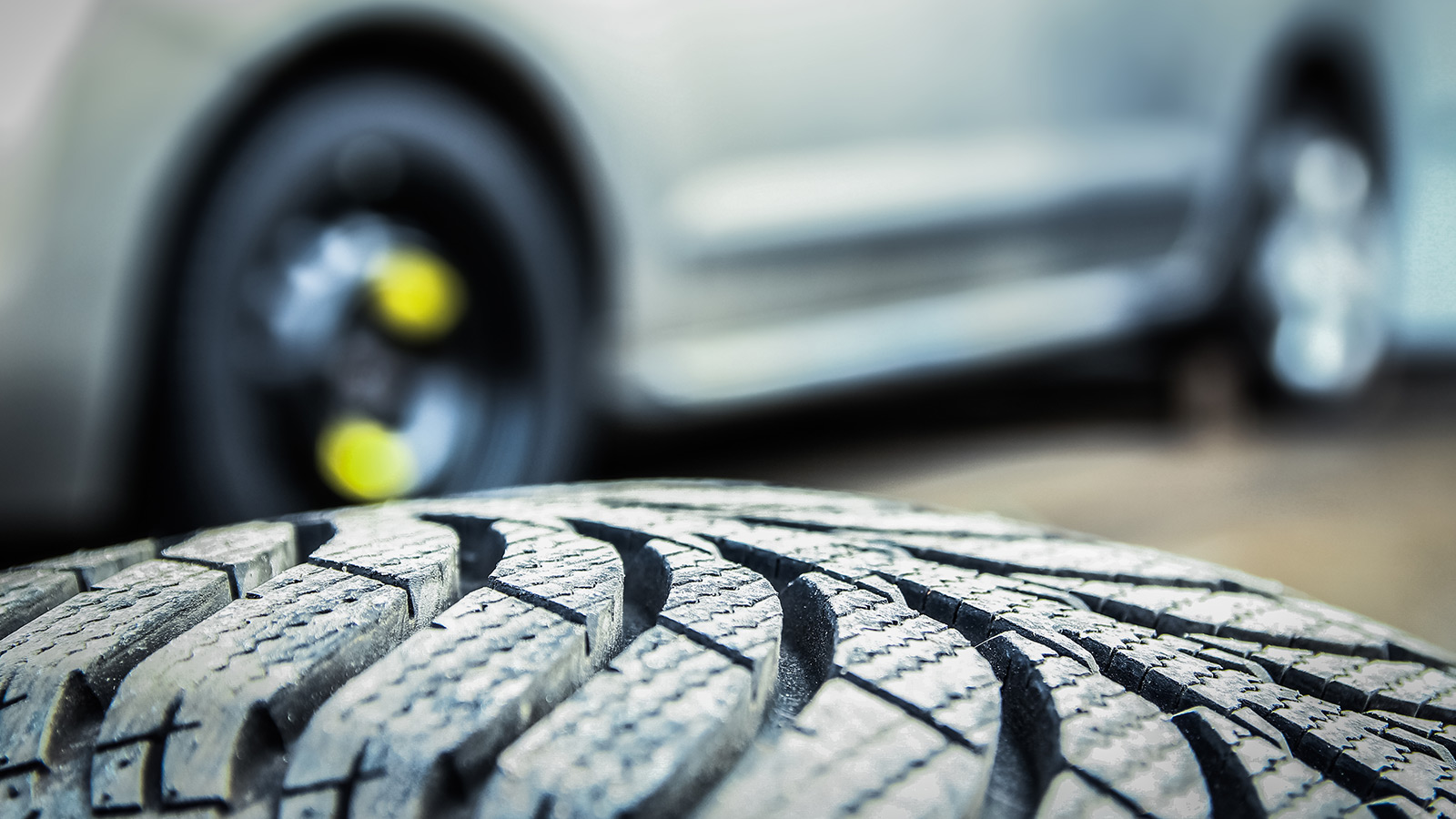All Categories
Featured
Table of Contents
I had the ability to get 100 hours out of among these tires, and while it had absolutely no tire lugs left on it, the soft compound made it work very wellas long as I was utilizing a soft mousse. Kitt Stringer picture Easy mounting - 3Wear - 3Sidewall strength - 3Performance on origins - 4Performance on wet rocks - 2Traction on dust - 5Cornering capability - 4Traction while stopping - 4Self-clearing of dust and mud - 3Performance in mud - 3Overall predictability or tracking - 3 _ 37 Conclusion: This is a great all-around tire with good value for money.

The wear was consistent and I such as exactly how lengthy it lasted and just how regular the feel was during use. This would certainly also be an excellent tire for faster races as the lug dimension and spacing little bit in well on quick surface. Kitt Stringer image Easy installing - 3Wear - 3Sidewall strength - 3Performance on origins - 4Performance on damp rocks - 4Traction on dust - 4Cornering ability - 4Traction while stopping - 5Self-clearing of dirt and mud - 4Performance in mud - 4Overall predictability or tracking - 4_42 Final thought: I liked this tire a lot.
If I needed to purchase a tire for tough enduro, this would remain in my leading selection. Easy installing - 3Wear - 3Sidewall strength - 3Performance on origins - 4Performance on wet rocks - 3Traction on dust - 4Cornering capability - 3Traction while braking - 3Self-clearing of dirt and mud - 4Performance in mud - 4Overall predictability or tracking - 3 _ 34 Final thought: This tire was really soft and flexible.
All the gummy tires I tested done fairly close for the very first 10 hours or so, with the winners mosting likely to the softer tires that had far better traction on rocks (Wheel balancing). Buying a gummy tire will definitely give you a solid benefit over a normal soft substance tire, but you do pay for that benefit with quicker wear
Wheel Balancing Services
Best worth for the motorcyclist that wants good performance while getting a reasonable amount of life. Ideal hook-up in the dirt. This is a perfect tire for springtime and autumn problems where the dust is soft with some moisture still in it. These proven race tires are great around, yet put on promptly.
My overall champion for a difficult enduro tire. If I had to invest cash on a tire for daily training and riding, I would certainly choose this set.
Trusted High-performance Tyres Near Me – Stirling 6061 WA
I've been running a collection of Michelin Power Pilot 2CT's on my track Daytona 675 for the past year. In that time I have done 15 track days in all weathers from cold wet to very hot and these tyres have never ever missed out on a beat. Tyre warranty. I have actually done almost 2,000 miles (3,200 km) on them and as you can see from this shot of the front taken after very first session of my 15th track day on them, they still have quite a great deal of rubber left on them
Basically the 2CT is a fantastic track day tire. If you're the type of motorcyclist that is most likely to encounter both damp and completely dry conditions and is starting on the right track days as I was last year, after that I believe you'll be hard pressed to locate a far better worth for money and experienced tire than the 2CT; a set of which will set you back around 185 (US$ 300) in the UK.
Thinking of a much better all rounded road/track tyre than the 2CT must have been a tough job for Michelin. The result of that effort is the Michelin Pilot Power 3 which basically replaces the Pure. Don't perplex this brand-new tire with the road going Pilot Road 3 which is not created for track use (although some cyclists do).
When the Pilot Power 3 released, Michelin recommended it as a 50:50% roadway: track tire. All the rider reports that I have actually reviewed for the tire price it as a much better tyre than the 2CT in all locations however particularly in the wet.
Tyre Repair Services (Nollamara 6061 WA)
Technically there are many distinctions in between both tyres despite the fact that both use a double substance. Aesthetically you can see that the 2CT has less grooves cut right into the tyre however that the grooves run to the edge of the tire. The Pilot Power 3 has more grooves for better water dispersal yet these grooves don't get to the shoulder of the tyre.
One facet of the Pilot Power 3 which is different to the 2CT is the new 2CT+ innovation which expands the harder center area under the softer shoulders (on the back tyre). This should give more security and lower any "agonize" when speeding up out of edges regardless of the lighter weight and even more flexible nature of this brand-new tyre.

Although I was a little uncertain concerning these lower pressures, it turned out that they were great and the tyres performed really well on course, and the rubber looked far better for it at the end of the day. Just as a factor of referral, other (fast team) riders running Metzeler Racetecs were utilizing tire stress around 22-24 psi for the rear and 24-27 psi on the front.
Creating a far better all round road/track tire than the 2CT should have been a tough task for Michelin. The result of that effort is the Michelin Pilot Power 3 which essentially changes the Pure. Do not puzzle this new tire with the road going Pilot Road 3 which is not developed for track use (although some cyclists do).
Best Tyre Packages Near Me – Nollamara
When the Pilot Power 3 launched, Michelin advised it as a 50:50% roadway: track tire. All the cyclist reports that I have actually checked out for the tyre price it as a much better tyre than the 2CT in all locations yet especially in the wet.

Technically there are plenty of differences in between the two tyres even though both use a dual compound. Visually you can see that the 2CT has less grooves reduced into the tyre however that the grooves run to the side of the tyre. The Pilot Power 3 has more grooves for better water dispersal but these grooves don't get to the shoulder of the tire.
One facet of the Pilot Power 3 which is different to the 2CT is the new 2CT+ modern technology which expands the harder middle section under the softer shoulders (on the back tire). This ought to give much more stability and decrease any kind of "agonize" when speeding up out of edges regardless of the lighter weight and even more flexible nature of this new tire.
Although I was slightly uncertain concerning these lower stress, it ended up that they were great and the tyres executed really well on the right track, and the rubber looked far better for it at the end of the day. Equally as a point of recommendation, various other (quick group) cyclists running Metzeler Racetecs were using tyre stress around 22-24 psi for the back and 24-27 psi on the front
Latest Posts
Reliable Premium Tyre Selection
Leading Tyre Rotation Services – Swan
Tyre Performance